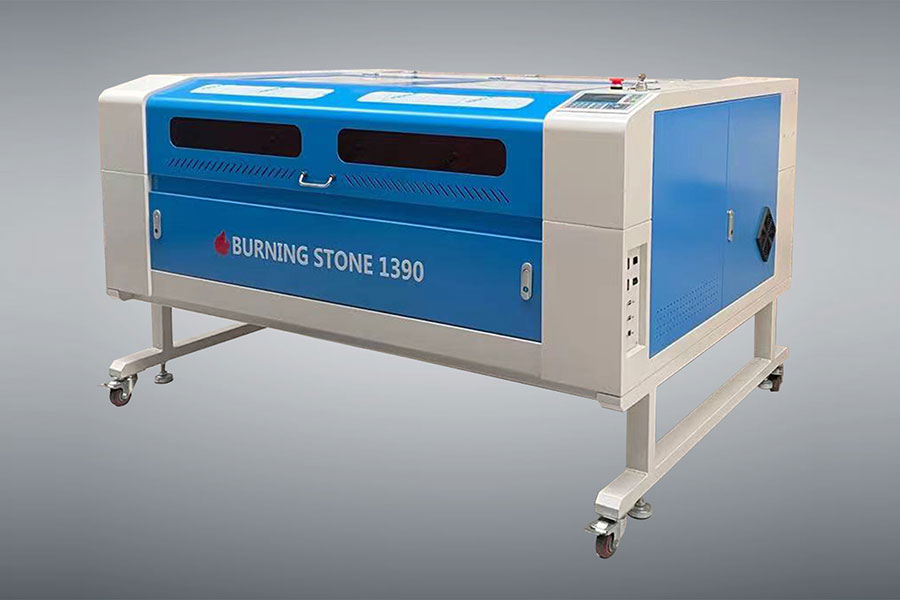
1. Beam characteristics: The width of the incision in laser cutting is closely related to the diameter of the focused spot. Due to the fact that the power density and energy density of laser irradiation are related to the diameter of laser spots, in order to obtain a larger power density and energy scale, in laser cutting processing, the diameter of spots should be as small as possible.
2. Laser power: The magnitude of laser power directly affects the thickness of the steel plate that can be cut. The higher the power, the thicker the material that can be cut. In addition, it also affects the dimensional accuracy of the workpiece, seam width, cutting surface roughness, and the width of the heat affected zone.
3. Cutting speed: Cutting speed has a significant impact on cutting quality. An appropriate cutting speed will make the cutting surface smooth and the lower part free of slag. If the cutting speed is too fast, the material will not be able to cut, causing sparks to splash, and slag will be generated in the lower part, even burning the lens. If the cutting speed is too slow, it is easy to cause the material to melt, the cutting seam to widen, the heat affected zone to increase, and even the workpiece to overheat.
4. Nozzles: The diameter of the nozzle and the distance between the nozzle outlet and the material surface can all affect the cutting effect.
5. Focus position: The focus position directly affects the width of the incision, cross-sectional roughness, and slag adhesion. Different focal positions result in different beam diameters and focal depths on the surface of the processed material, leading to changes in the shape of the cutting seam and affecting the flow of processed gas and molten metal. What brand is good for fiber laser cutting machines.
6. Auxiliary gas: Material cutting requires auxiliary gas, mainly gas pressure and gas type, both of which can affect the roughness of the cutting section and the generation of slag.
There are many factors that affect the cutting quality of laser cutting machines. By fully understanding the various factors involved in the cutting process of laser cutting machines, one can find technological approaches to improve the surface quality and surface quality of processed materials.

